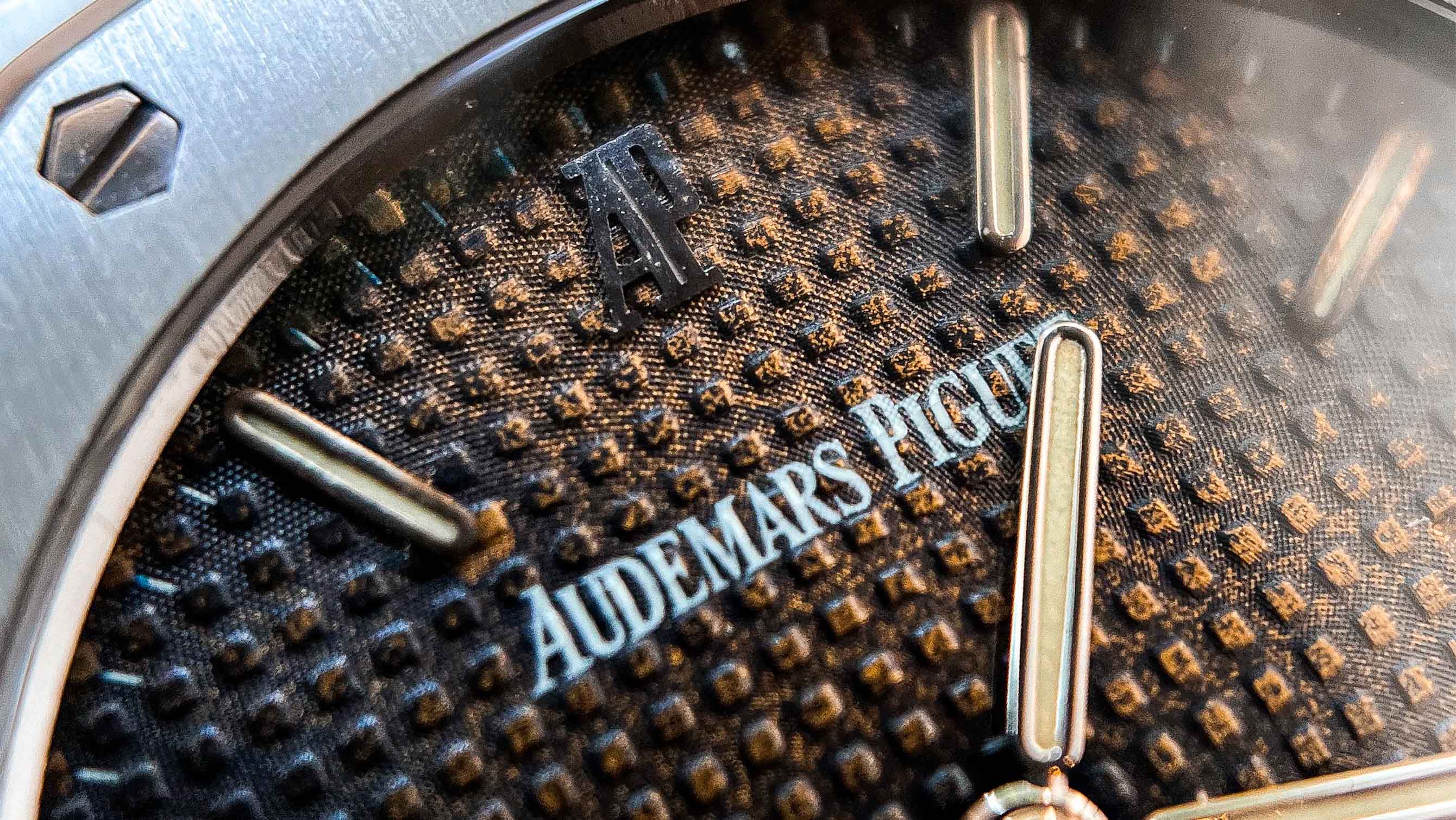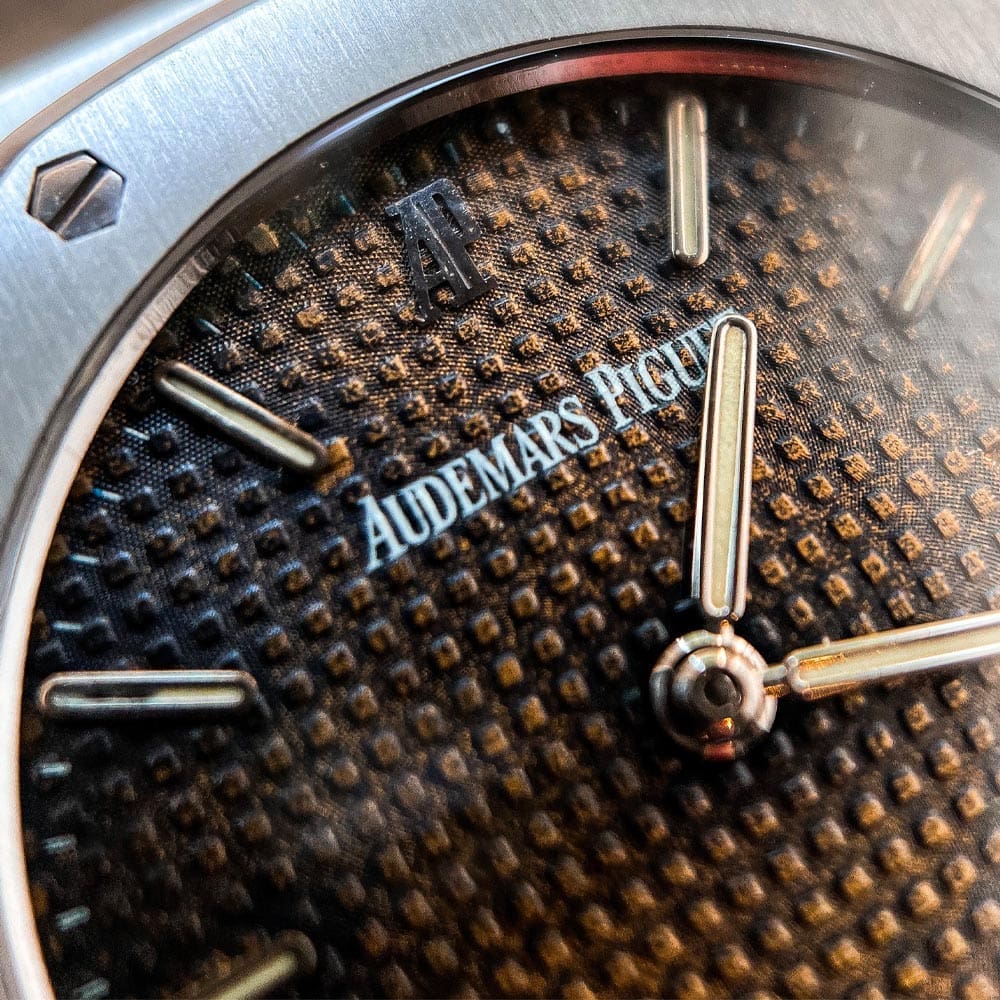How does a watch dial turn tropical?
Fergus NashThroughout history, it’s generally been assumed that something is worth more when it’s in better condition. But just as pre-ripped jeans found their popularity in the 1970s, it’s becoming more and more common to prefer things aged. Well-weathered objects tell a story, and whether or not you think it’s cheating to replicate that look artificially, the human spirit latches on. In the realm of vintage watch collecting, ‘tropical’ watch dials only started gaining real traction in the 2000s, but now it’s something that manufacturers will imitate for a vintage aesthetic. But what exactly makes a watch dial turn tropical?
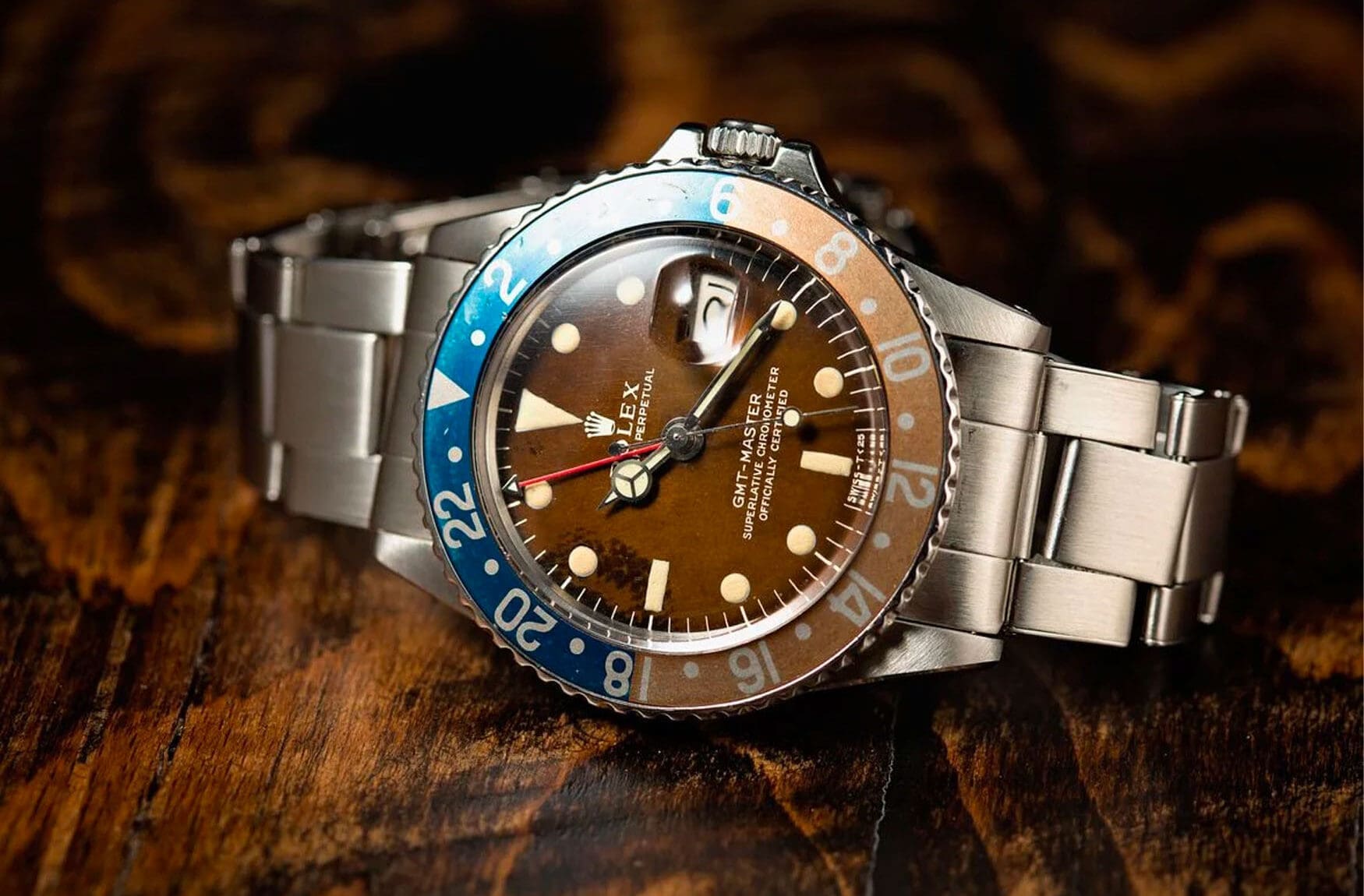
The answer is pretty simple, and it’s sun exposure. Before technology improved, it wasn’t easy to manufacture paints that were resistant to UV light, and so prolonged time in the sun degraded the pigment. Black dials faded into brown, and that’s the end of the story. Right? Well, the almost-mythic status that genuine tropical dials now hold is a little more involved. ‘Pure’ black pigment derived from charcoal is called carbon black, and on its own, it’s incredibly resistant to UV. In fact, it’s often used as an additive in materials to help prevent UV degradation, as it absorbs UV light and converts its energy into heat. To have a black watch dial that faded in the sun, the paint that brands used must have been made with unstable chemical additives.
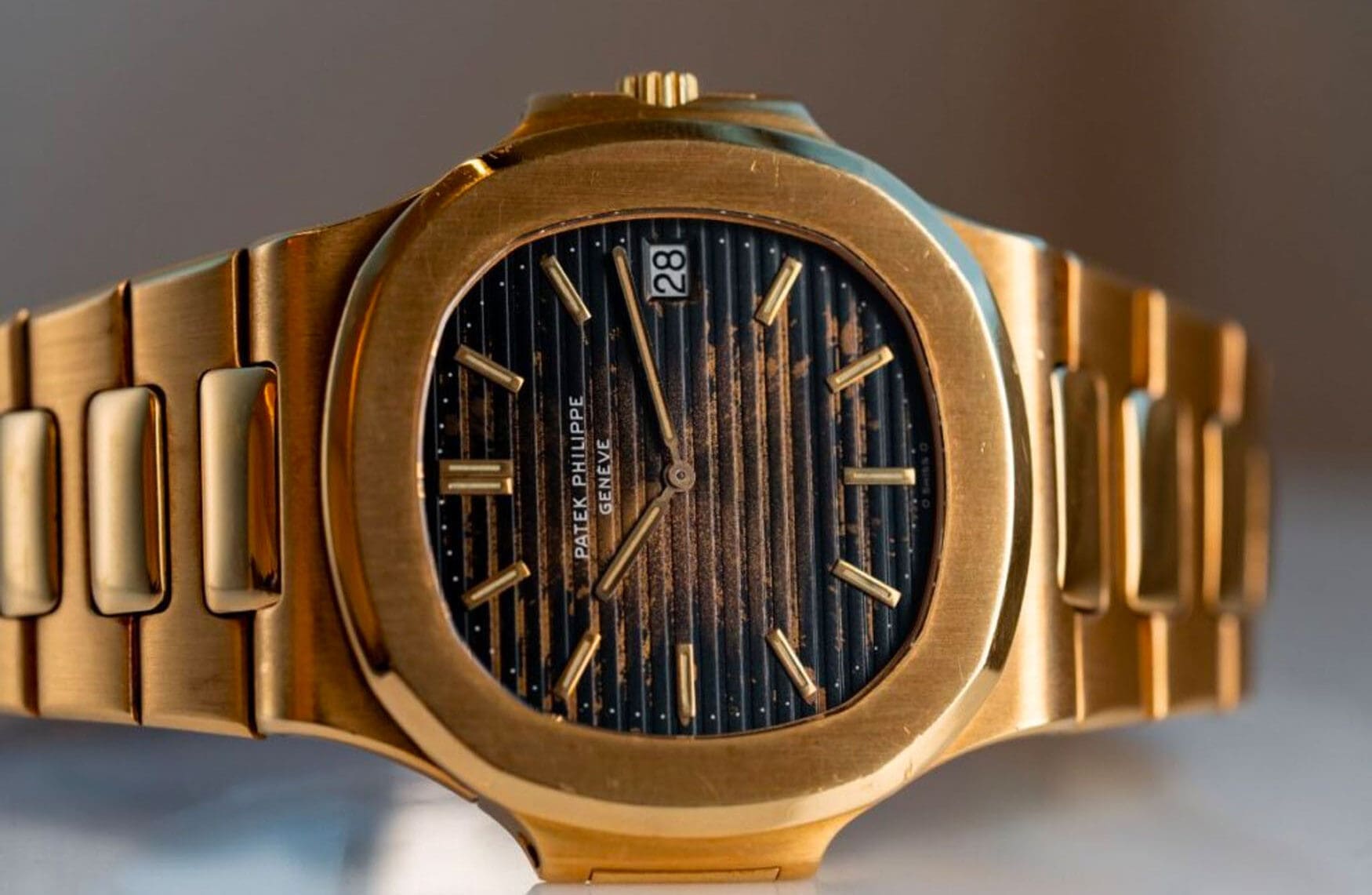
UV from the sun isn’t necessarily the only ingredient to a tropical dial either. Thinking about where the nickname came from, the tropics are known for both sunshine and humidity. UV is responsible for the browned dial and the yellowed lume, but water damage often plays a role too. Every tropical dial is unique, and the water spots, oxidisation of copper dial plates, or even huge areas of water damage are the most identifiable features. It can definitely go too far, but as long as the movement hasn’t rusted to dust, then it’s the water damage that adds the real character. Individual watches may have odd flourishes too, such as adhesive leaking out from beneath applied markers, or skeletonised hands from the lume crumbling away.
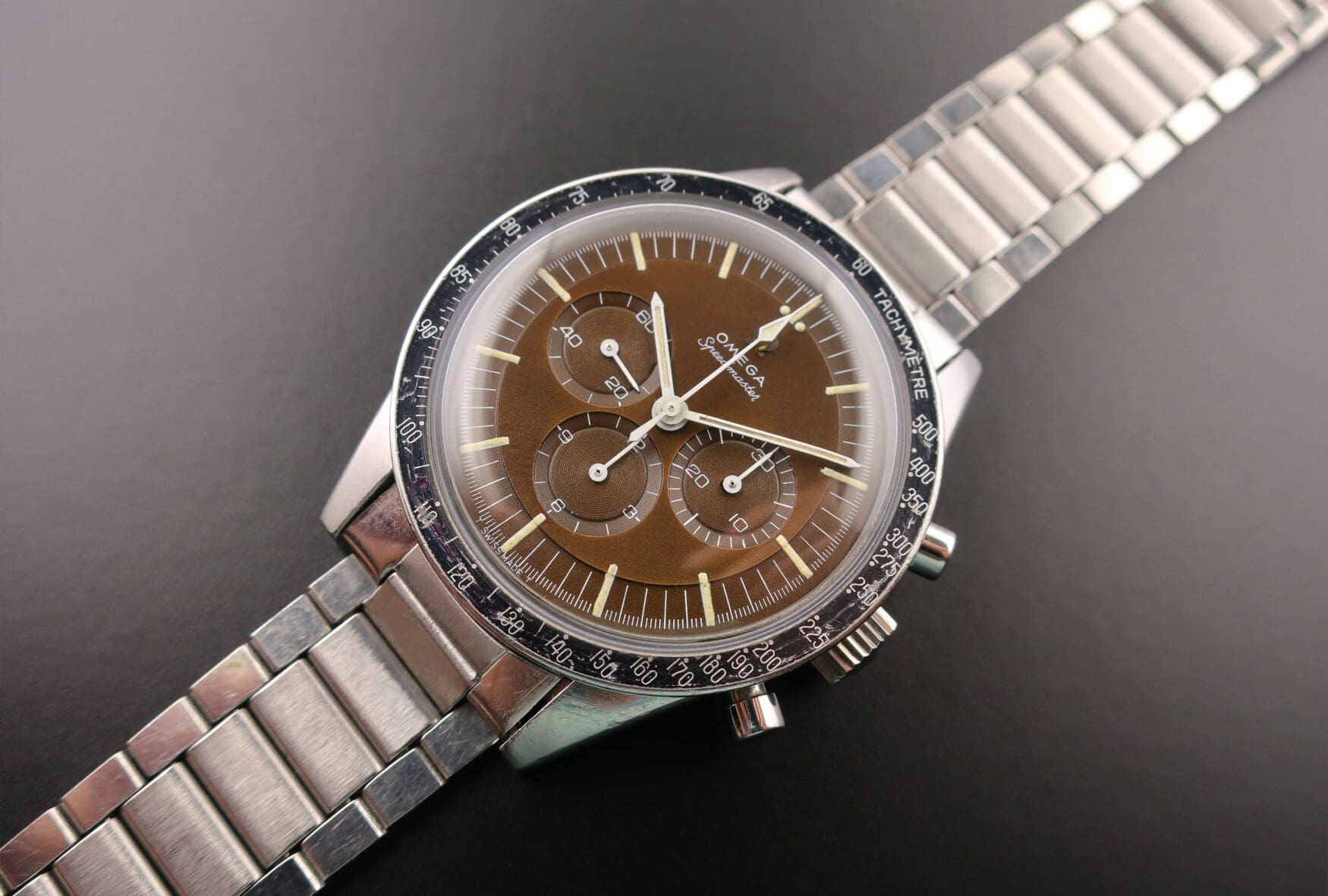
This explains the rarity and value of tropical dials, as it’s not just a regular bit of wear and tear. It’s more like a coin minted with two heads, as the perfect storm of unfortunate conditions needed to be met for them to reach the outside world, be circulated, and be discovered. After all of those things went wrong, it then needed to survive the generation of people who believed a weathered dial should be replaced or thrown out, to reach the collectors who’d pay the premium. Of course, it’s much easier to recreate a tropical effect with modern techniques, and brands as lofty as Longines have even replicated tiny spots of water damage. Patina isn’t limited to dials either, with bronze cases specifically designed to turn green with age. Even if you don’t like the aged look, chocolate dials evoke the faded tone without the damage.
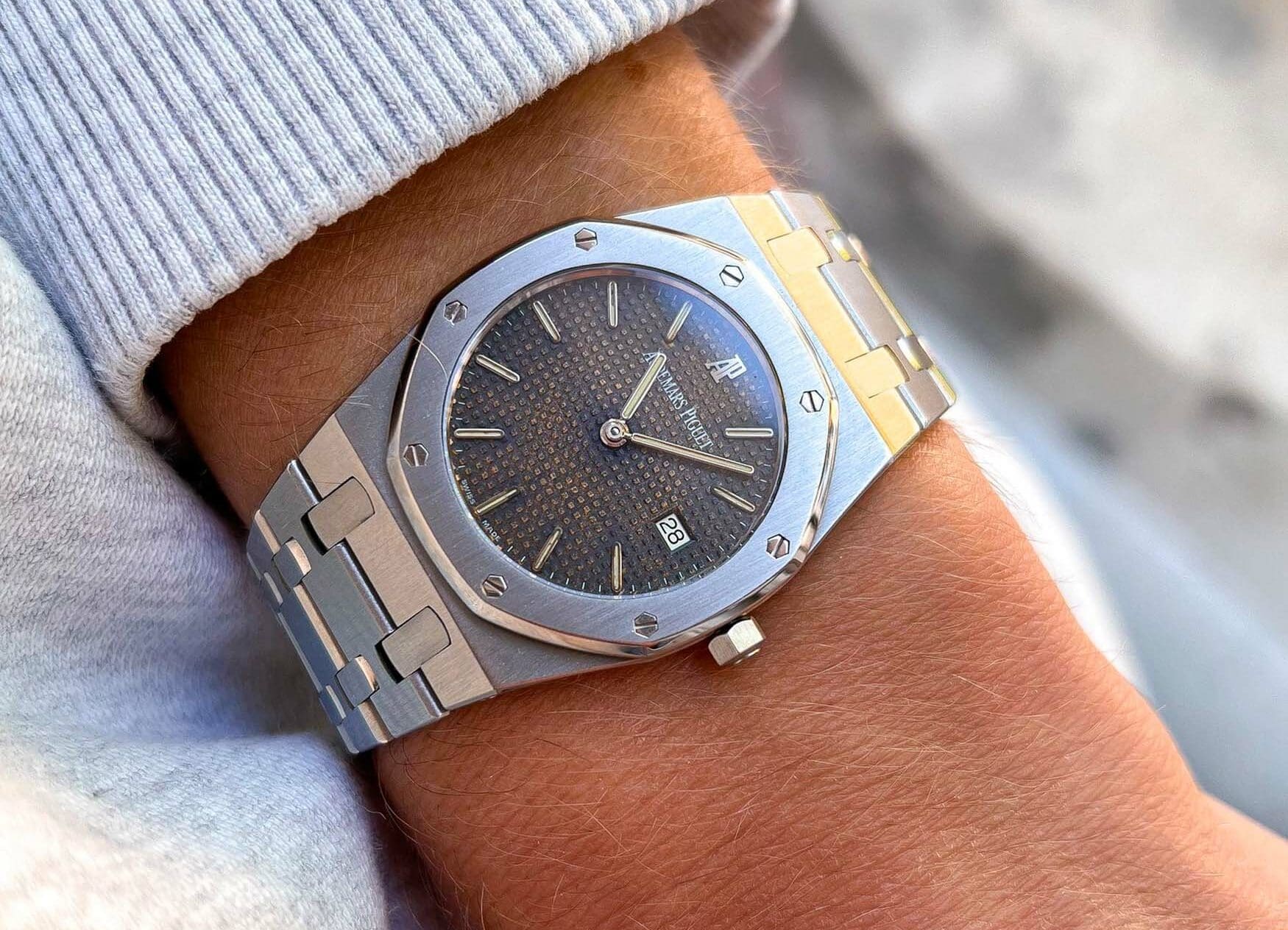
One benefit of artificially aged dials however is their longevity, as they capture a moment of fictional decay and hold it in perpetuity. Genuine vintage tropical dials got that way through trauma, and they will continue to degrade unless they’re kept with great care. You could spend a lot of money acquiring the tropical watch of your dreams, only to find that you’ve passed the sweet spot and it’s too far gone just a few years down the line. If you’re the type of collector who considers themselves more of a steward than an owner, perhaps that’s completely fine.




